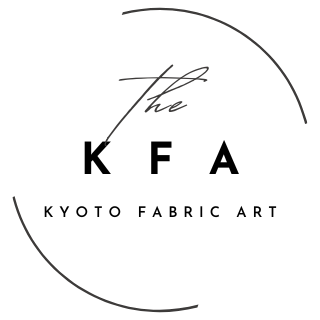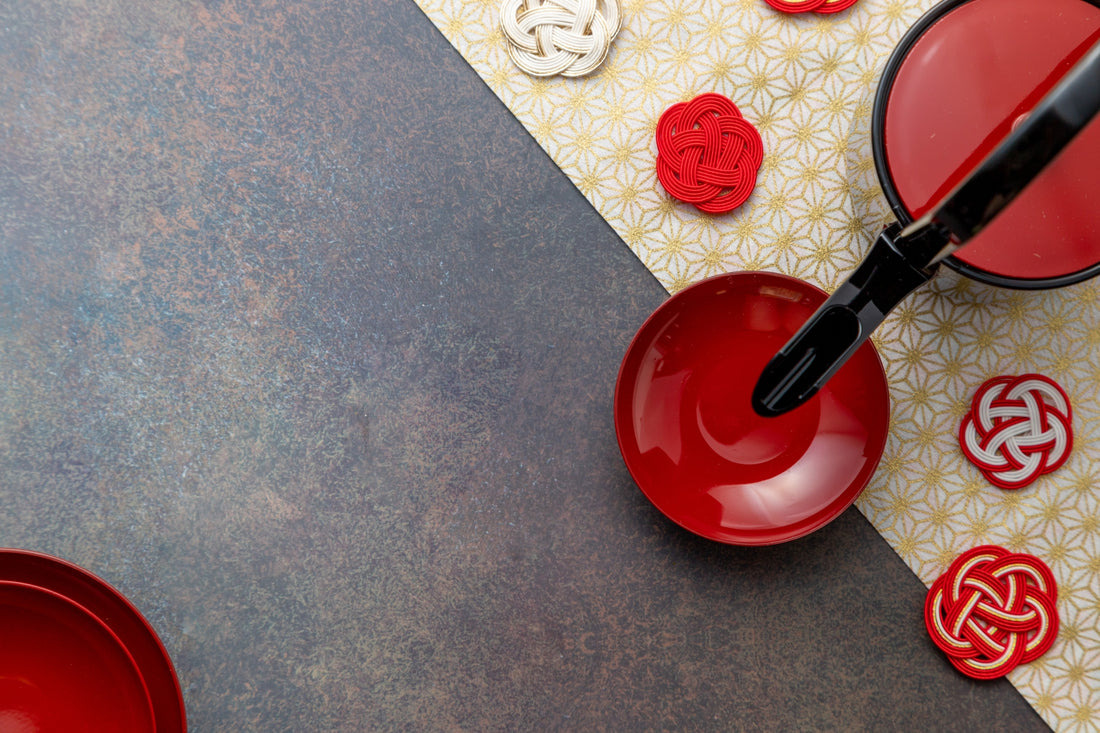Wagara, traditional Japanese patterns, have a rich history and a deep connection with Japanese culture. Often seen on kimonos, ceramics, and other craftworks, these patterns are not just decorative but are steeped in symbolism and meaning.
Historical Development of Wagara
The origins of these patterns can be traced back to the Heian period, when Japan began incorporating and adapting Chinese designs. Over centuries, Wagara evolved to include native Japanese motifs and became more distinct, reflecting Japanese tastes and aesthetics.
Common Types of Wagara and Their Meanings:
-
Kikkou (Tortoiseshell Pattern) - This hexagonal pattern symbolizes longevity and good fortune, mimicking the shape of a tortoiseshell.
-
Kagome (Basket Weave) - The hexagonal or diamond-shaped design of this pattern, inspired by a basket weave, is believed to ward off evil.
-
Hishi (Water Chestnut) - Representing the water chestnut plant, this pattern is associated with strength and success.
-
Yagasuri (Arrow Feather) - This pattern, depicting arrow feathers, symbolizes unwavering determination and is often used in garments worn at weddings to represent one path forward.
-
Seigaiha (Wave Pattern) - Depicting blue ocean waves, this pattern represents peace, good luck, and power.
These patterns are not only a reflection of nature and spirituality but also serve as charms for good luck and symbols of social status. The aesthetic beauty and inherent meanings of Wagara make them a popular choice for traditional attire and modern fashion alike.
For more detailed exploration of each pattern and their unique stories, you can visit pages that delve into the intricate beauty of Wagara: Tokyoweekender and BECOS. These resources offer a wealth of information on the traditional designs and their significance in Japanese culture.

